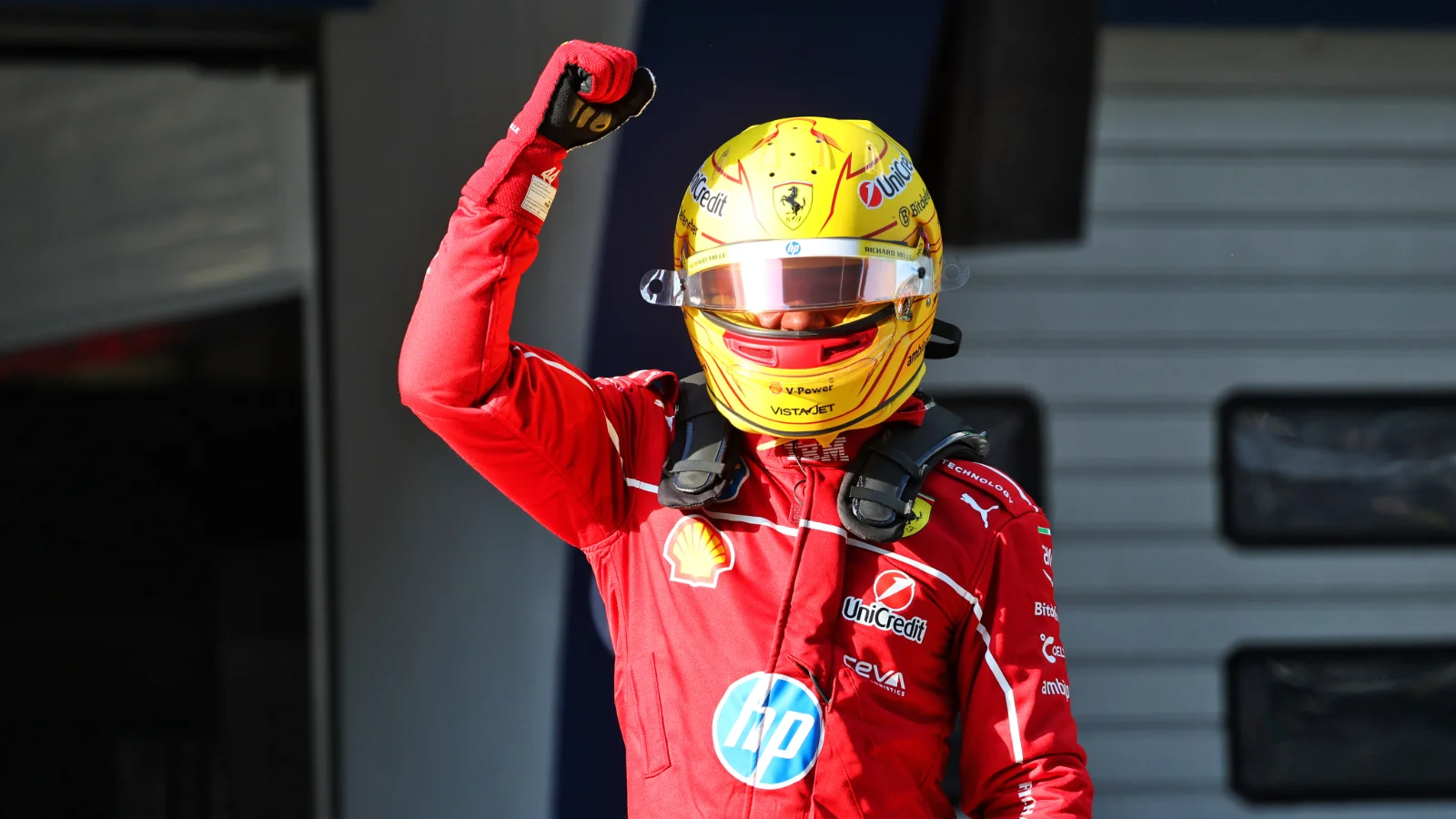The Long-Awaited Ferrari Upgrade: Can Lewis Hamilton’s Patience Finally Pay Off?
For Formula 1 fans and pundits alike, the arrival of Lewis Hamilton at Ferrari was supposed to mark the dawn of a new era—an electrifying partnership between one of the sport’s greatest talents and its most storied team. Yet, after nearly half a season, the dream has been tarnished by unfulfilled promise, technical frustrations, and a Ferrari SF25 that has stubbornly refused to evolve.
But the tides may be turning. According to Ferrari team principal Fred Vasseur, significant upgrades to the SF25 are on their way, with the Austrian Grand Prix at the Red Bull Ring earmarked as the debut stage. More importantly, these changes are reportedly being shaped by none other than Hamilton himself, indicating that the seven-time world champion’s insights are finally driving the team’s technical direction.

What Exactly Is Changing?
The heart of Ferrari’s planned modifications lies in the car’s rear pull rod suspension—a crucial element that controls stability and handling. Ferrari’s switch from push rod to pull rod suspension during the offseason was ambitious but fraught with challenges, as it forced the team into a narrow “ride height window,” limiting performance and causing excessive plank wear, famously seen during Hamilton’s Chinese GP penalty.
Vasseur revealed that while the upgrades might not provide a massive leap in raw speed, the real game-changer will be improved execution. “We are at the end of the life of these regulations,” he said, “so we’re talking about hundredths rather than tenths of seconds.” In other words, small margins will decide races, and Ferrari believes the key lies in refining how the car behaves, not just how fast it can theoretically go.
Hamilton himself has been vocal about the need for these “incremental steps” in development. “We’ve not had any upgrades for quite some time,” he lamented, “and with the same package each weekend, I’m constantly challenging the engineers to try new things.” His persistence underscores a broader issue Ferrari has faced this season: a car that struggles to deliver consistent performance across different tracks and conditions.
Hamilton’s Struggle and the Quest for Redemption
After 12 dominant seasons with Mercedes, including six world championships, Hamilton’s switch to Ferrari was meant to breathe new life into his career and the Scuderia’s championship ambitions. But the transition has been anything but smooth. At 40 years old, Hamilton faces the dual challenges of adapting to a radically different car and team culture, alongside the natural physical and mental demands of competing at the highest level.
Toto Wolff, Hamilton’s former Mercedes boss, offers a nuanced explanation. He points to the “period of adaptation” required when switching teams, especially given Ferrari’s unique Italian engineering DNA and team environment. The British driver must not only re-learn the feel of the car but also help shape its evolution—a monumental task in the twilight of a generation of cars.
Hamilton’s frustrations have boiled over in recent weeks as he publicly demanded a modernization of the SF25. While he’s managed a sprint race win and a pole position, a consistent challenge for podiums and race victories remains elusive. After 10 races, Hamilton sits sixth in the standings, a whopping 119 points behind championship leader Oscar Piastri—a gap that highlights Ferrari’s ongoing struggles.

The Fine Line Between Hope and Reality
So, what can we realistically expect from Ferrari’s forthcoming upgrades? Vasseur’s cautious optimism suggests they might not be a silver bullet but rather a necessary step toward competitiveness. “Execution is everything,” he stressed, citing how teams often need multiple races to adapt car setups after upgrades are introduced.
Hamilton’s own words echo this cautious tone. “We need upgrades to fight the guys up front,” he said, “but it’s just incremental steps.” The relentless pace of development in F1 means that even small improvements can be decisive—but only if the team capitalizes on them.
The wider context is Ferrari’s battle on two fronts: improving the current car enough to stay competitive this season, while simultaneously developing the revolutionary F1-2026 car that promises to reset the playing field next year.
Is This the End of the Road for Hamilton?
One question looms large: Has Hamilton’s age caught up with him? Is 40 the “tipping point” for a driver who once seemed unstoppable? Many would argue that Hamilton’s experience, intelligence, and work ethic still make him a formidable force. Wolff himself warns against writing off Hamilton prematurely, noting his historical trend of growing stronger in the second half of seasons.
Yet, the combination of a new car, new team dynamics, and fierce competition from younger drivers means Hamilton must overcome significant obstacles to stay at the top. His ability to adapt, combined with Ferrari’s willingness to listen to his feedback and make bold technical changes, could determine whether this season becomes a comeback story or a cautionary tale.

The Fans and The Future
The F1 community watches with bated breath as Ferrari prepares to unveil its latest upgrades. Will these modifications propel Hamilton back into podium contention? Can the partnership between the legendary driver and the iconic team regain the magic that fans have long dreamed of?
One thing is certain: Lewis Hamilton’s hunger to win remains undiminished. Whether the SF25’s tweaks can unleash that hunger on the track remains to be seen—but the stakes have never been higher. For Ferrari, Hamilton, and Formula 1 as a whole, the next few races could define the course of a thrilling, unpredictable season.
Full Video:





